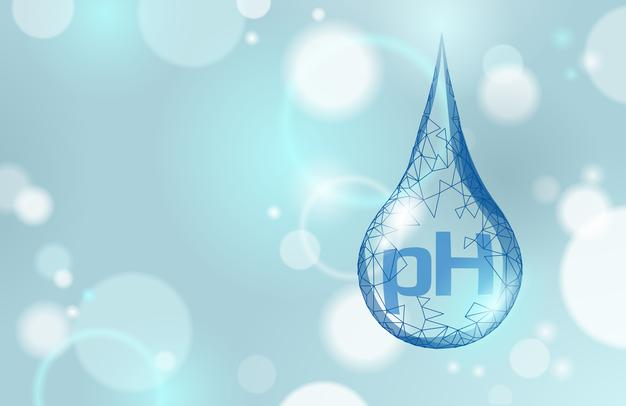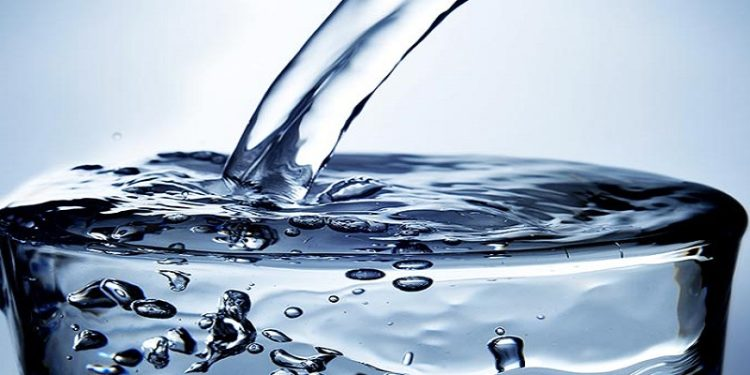What is the use of activated carbon in water purification?
Activated carbon is an extremely popular material and is used in many industries. So, specifically, what does activated carrbon do? Let’s learn the concept, classification, advantages – disadvantages, common applications and uses of activated carbon through the following article.
What is activated carbon?
Before learning what activated carbon is, it is necessary to clarify the concept of this material. Activated carbon is also known as Activated Carbon, with the composition of the elements: Carbon (88%), Oxygen (7%), Hydrogen (0.5%), Nitro (0.5%) and Sulfur. (1%). Activated carbon has high porosity with many voids and cracks in the structure. Therefore, activated carbon has the ability to absorb and remove bacteria quite well.
Currently, people can easily create activated carbon by burning wood, coal, bamboo, etc. at temperatures from 600℃ to 900℃ in anaerobic conditions. Activated carbon is divided into 5 main types: powder (amorphous), granular, tablet, sheet and tube.
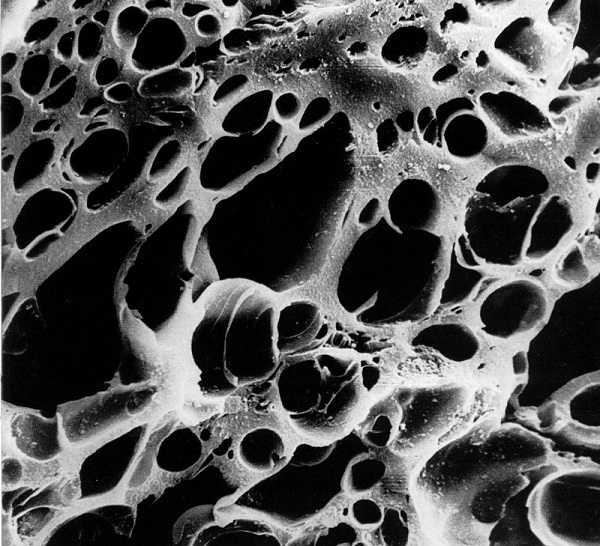
Classification of activated carbon
As shown, activated carbon is divided into 5 types based on shape. Each type of activated carbon has its own use.
- Powder form: Activated carbon is finely ground into powder with size from 0.2mm to 0.5mm. This type has the cheapest price and is used in a lot of equipment RO water purifiers, alum water treatment systems, cosmetics (toothpaste, scrubs, …).
- Granular: Activated carbon is crushed into tiny particles with sizes from 1mm to 5mm. This type of coal is more difficult to wash off and blow away than the powder form. Activated carbon particles and often used in industrial water filtration systems.
- Tablet form: This is a powdered activated carbon that is compacted into hard pellets. Each tablet is about 1 cm to 5cm in size and is used mainly in air purifiers. Due to the compaction, the size of the molecular pores in the coal pellets will be smaller, thereby the ability to filter bacteria is also better.
- Sheet form: In fact, these are foam sheets impregnated with activated carbon powder, sized to be processed according to the needs of use. Activated carbon sheet is commonly used mainly in air purifiers.
- Tubular: Formed by heat treatment of fuel coal tubes. Each activated carbon tube is usually 1 cm to 5cm in diameter and is used mainly in large-scale water treatment systems.
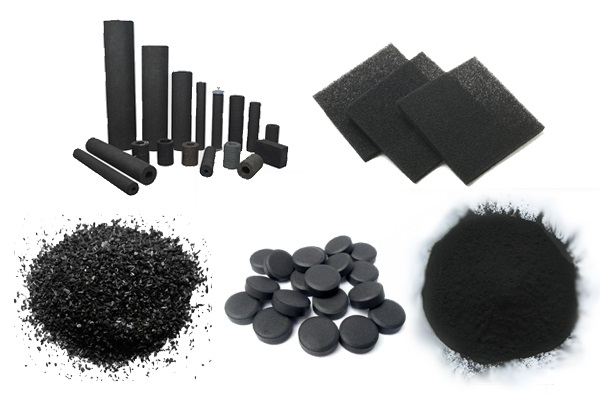
What is the use of activated carbon in water purification?
Activated carbon is an important raw material in water purification. Specifically, the basic effects of activated carbon include:
- Removes dirt and impurities suspended in water.
- Eliminate fishy smell..
- Absorbs harmful dissolved organic compounds present in water.
- Has the ability to inhibit the life and growth of harmful bacteria.
- React with some light metal compounds to remove from water.
With the effects of activated carbon in water purification mentioned above, this is considered a common material applied in water treatment plant systems, water purification equipment, swimming pools, aquariums, etc.
What is the use of activated carbon in wastewater treatment systems?
The world possesses an abundant but not limitless source of water. Therefore, wastewater treatment plants are built to exploit and make the most of water resources for human life. In drinking water plants, the main source of water comes from drilled wells. This well water source is often contaminated with metal ions which are very harmful to health and affect the pipeline. Therefore, activated carbon will help absorb and remove metal ions and other impurities in water.
Activated carbon is also used to recycle contaminated water, used wastewater, etc. This is one of the ways to save environmental resources and be safe for human health.
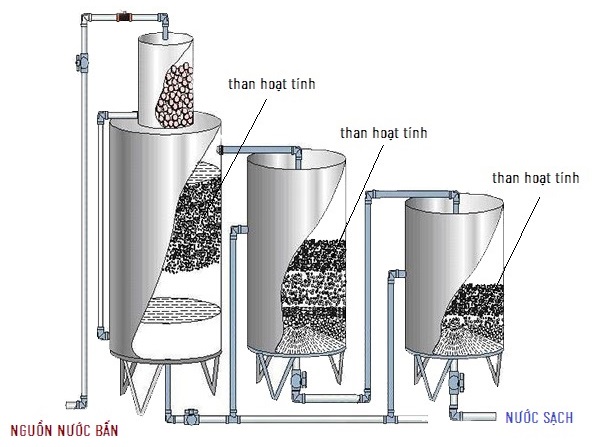
The effect of activated carbon in industrial and household water purification equipment
So what is the effect of activated carbon in the water filtration system? Activated carbon is an indispensable material in RO water purifiers, coarse filter columns, household purifiers, etc. The water source after being treated by the activated carbon filter in the above devices will achieve a high degree of purity. High purity, absolutely can be drunk directly.
> Buy activated carbon – the material in the water purifier HERE.
Activated carbon has the effect of filtering aquarium water
Aquariums are often used as a decoration in the home, so maintaining a clean, green tank is essential for the house. For aquariums with a small area (under 1m2), customers can put a bag of activated carbon powder into the water tank or directly spread coal particles and pellets into the tank.
For outdoor aquariums with a large area, customers should choose large sized tubes and blocks of activated carbon to avoid being washed away, reducing the dirt absorption effect of coal. Filtering fish tank water is extremely necessary to ensure the health of your family’s pets.
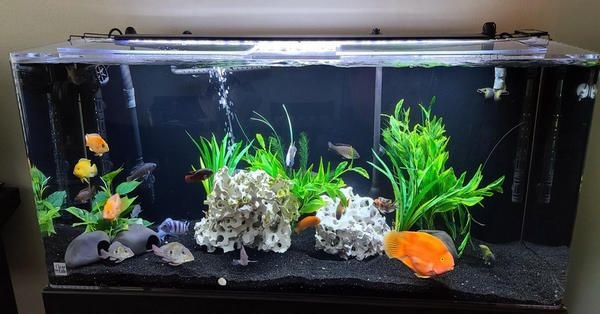
Advantages and disadvantages when filtering water with activated carbon
After learning what activated carbon does, we can easily conclude some of the advantages of this material as follows:
- Able to remove harmful chemicals such as Chlorine, Sulfur, etc.
- Absorb and remove heavy metals harmful to the human body.
- Filters out the fishy smell, making the water clearer.
- Contributing to increasing the life of the water purifier because activated carbon will retain impurities that are harmful to the RO membrane.
- Low cost, easy to manufacture.
Besides, water purification with active has some disadvantages:
- Does not remove water-soluble salt molecules.
- Does not remove bacteria and viruses.
Cannot remove impurities with microscopic size, so it is only used in the pre-filtration stage.
Some other uses of activated carbon
In addition to water filtration, activated carbon is also used in other industries such as:
- In industry, activated carbon is used as a filler in rubber production (application for tires, shoe soles, …).
- In medicine, activated carbon is used to handle toxins, overcome problems of flatulence, indigestion, …
- In agriculture, in addition to the application of water purification for plants and domestic wastewater, activated carbon is also used to improve soil.
- Activated charcoal is also an important ingredient in chemicals and cosmetics such as toothpaste, exfoliating gel, skin care masks, etc.
- In air purifier equipment, the activated carbon membrane is an important part to filter dust and eliminate odors.
In modern life, activated carbon is constantly being created and applied to many products and technologies. Therefore, to find out what activated carbon does, customers must always update and learn information about this material.

The criteria to pay attention to of activated carbon
When choosing to buy activated carbon filter material, customers need to pay attention to the following criteria:
- Iodine: This is an index that represents the surface area of the pores. Normally, activated charcoal will have an Iodine index of about 500 to 1,400mg/g. The higher this area, the more pores there are in the activated carbon molecule, making it better able to absorb water.
- Hardness: This index depends on the type of activated carbon: Activated carbon in tablets and tubes will have high hardness due to compaction. Charcoal hardness indicates resistance to abrasion and washout. Therefore, choosing the right type of activated carbon for your needs is very important.
- Pore Volume: This index represents the distance between the voids present in the activated carbon molecule. The larger the volume, the lower the density of pores (low Iodine), which will make the filterability of the coal worse.
- Particle size: Similar to the hardness index, the particle size of activated carbon will depend on the type of coal. The smaller the particle size (powder form), the higher the filtering capacity of activated carbon.
In summary, activated carbon is an important material, especially in industrial production. We hope that the above article has helped you to clearly answer your questions: what does activated carbon do, classification, advantages and disadvantages as well as the application of activated carbon. If you have a need to buy activated carbon filter materials or any components, water purification equipment, please contact Song Phung Environmental Company website for advice!
Translator: Duong Nguyen Hoang Khang




